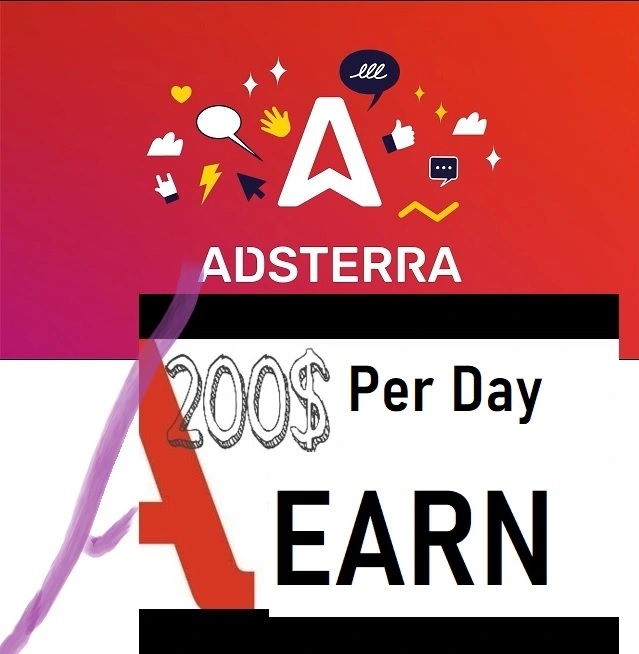
Try Adsterra Earnings, it’s 100% Authentic to make money more and more.

Sitemaps are an important part of website optimization as they provide search engines an avenue for discovering pages on a site. It isn’t always possible to internally link every page on a site, especially when dealing with a large website, however, with sitemaps, you can ensure that Google is able to discover important pages, even those that have been orphaned.
One other important advantage of sitemaps is that they allow search engines to download pages quickly, especially when pages change. In addition to these and other benefits of using sitemaps, they provide valuable metadata associated with each page listed in a sitemap file. This metadata can be used to tell Google and other search engines about the specific types of content on your pages, for example videos, images, or articles, and the various attributes associated with these content types.
This guide will not only cover the various sitemap formats you can leverage for better discoverability, but also cover the various sitemap extensions which you can use for different content types on your site.
Below are a few steps to help you get started with sitemaps:
-
Before you start building sitemaps decide which pages should be crawled by Google. You want to avoid including broken pages, pages which have been deprecated or you otherwise don’t care about, and any pages that redirect to other locations. Only include canonical version of each page you include in your sitemaps.
-
Decide on the sitemap format you’re going to use, XML, RSS, Text, etc.. We’ll cover the various sitemap formats in the sections below.
-
Once you decide on the appropriate format for your sitemaps you can start building them. You can create your sitemaps manually or choose from a number of different tools and plugins. Here is a list of tools you can use (https://code.google.com/archive/p/sitemap-generators/wikis/SitemapGenerators.wiki)
-
After you’ve built your sitemap you can test it via this stool Search Console Sitemaps testing tool. Correct any errors you see before submitting the sitemap to Google.
-
As a final step tell Google about your sitemap(s) by
-
Submitting it to Google directly through Search Console
-
Adding the sitemap URL path to your robots.txt file
-
Google supports several different sitemap formats including XML, RSS, Atom, and even simple Text files. The important difference between XML sitemaps and RSS/Atom feeds is that XML sitemaps describe an entire set of URLs within a site or section, whereas RSS/Atom feeds describe only the most recent changes. While XML sitemaps give Google information about all the pages on your site, RSS/Atom feeds provide Google only the most recent updates helping keep your content fresh in their index. It’s also important to mention that regardless of format, all sitemaps should be limited to 50,000 URLs or 50MB (uncompressed) per sitemap file. If you have a larger file or more URLs, you’ll need to break them up into multiple sitemap files.
XML
Below is a very basic example of an XML sitemap that includes the location of a single URL:
Published By

Latest entries
 allPost2025.01.24Trump issues executive orders to declassify assassination files on the Kennedy’s and MLK Jr.
allPost2025.01.24Trump issues executive orders to declassify assassination files on the Kennedy’s and MLK Jr. allPost2025.01.24Giant pandas make their public debut at National Zoo
allPost2025.01.24Giant pandas make their public debut at National Zoo allPost2025.01.24Newark officials demand answers after ICE raid
allPost2025.01.24Newark officials demand answers after ICE raid allPost2025.01.24Colorado mother accused of killing children fights extradition from U.K.
allPost2025.01.24Colorado mother accused of killing children fights extradition from U.K.





